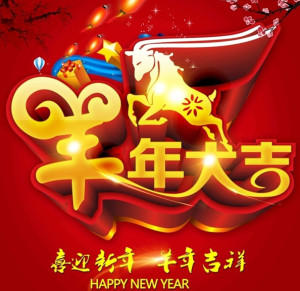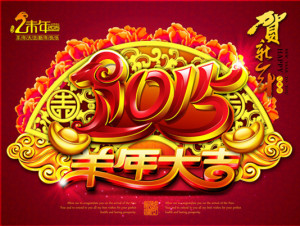Chinese New Year celebrations, also known as the Spring Festival, in China start on the 23rd day of the 12th lunar month of the Chinese calendar. The festival lasts for about 23 days, ending on the 15th day of the first lunar month in the following year in the Chinese calendar.
What do people do?
Many people clean their homes to welcome the Spring Festival. They put up the red posters with poetic verses on it to their doors, Chinese New Year pictures on their walls, and decorate their homes with red lanterns. It is also a time to reunite with relatives so many people visit their families at this time of the year.
In the evening of the Spring Festival Eve, many people set off fireworks and firecrackers, hoping to cast away any bad luck and bring forth good luck. Children often receive “luck” money. Many people wear new clothes and send Chinese New Year greetings to each other. Various activities such as beating drums and striking gongs, as well as dragon and lion dances, are all part of the Spring Festival festivities.
Public life
The Spring Festival is a national holiday in China. Government offices, schools, universities and many companies are closed during the period from the Spring Festival Eve to the seventh day of the first lunar month in the Chinese calendar. However, some enterprises such as banks often arrange for workers to be on shift duty. Public transport is available during the Chinese New Year period.
Background
According to historical documents, on the day when Shun, who was one of ancient China’s mythological emperors, came to the throne more than 4000 years ago, he led his ministers to worship heaven and earth. From then on, that day was regarded as the first day of the first lunar month in the Chinese calendar. This is the basic origin of Chinese New Year. China adopted the Gregorian calendar in 1911, so Chinese New Year was renamed the Spring Festival.
Symbols
The red posters with poetic verses on it were initially a type of amulet, but now it simply means good fortune and joy. Various Chinese New Year symbols express different meanings. For example, an image of a fish symbolizes “having more than one needs every year”. A firecracker symbolizes “good luck in the coming year”. The festival lanterns symbolize “pursuing the bright and the beautiful”.
RISH Chinese Summer camp wish you have a wonderful Chinese new year!



